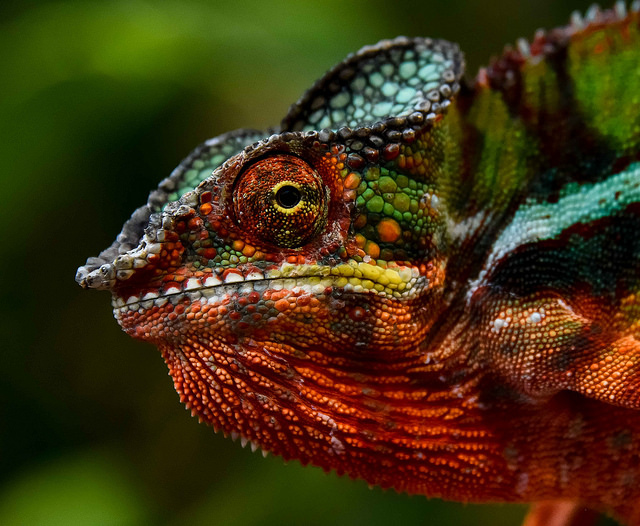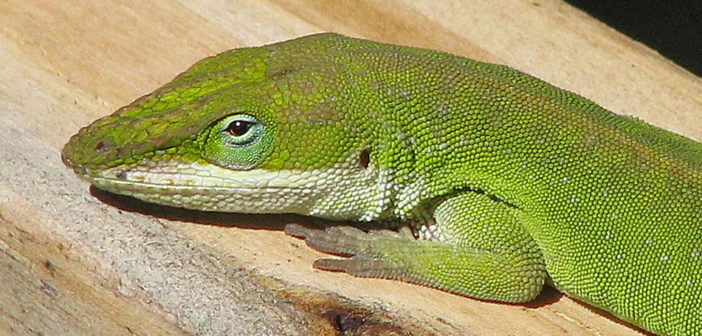This article was written in a collaboration between Ireland’s National Animal Rights Association (NARA) and the Animal Protection Agency (APA).
Six million reptiles were imported into the European Union (EU) last year from countries outside of the EU. These figures only show recorded trade; the true scale of the trade is actually much larger. Unfortunately it is still legal in the United Kingdom (UK) and the Republic of Ireland to sell reptiles that have been captured from the wild in other countries. Collecting reptiles for the pet trade is now considered a major threat to wild populations around the world, disrupting ecosystems and driving species to extinction. The majority of wild-caught reptiles come from Africa, Asia, and South America.
The capture and transportation process for these wild animals is inherently cruel and brutal. Chameleons, for instance, can suffer broken bones whilst being collected from the wild, either from rough handling or from the blow they receive when knocked from the branches to the ground. These frightened animals, who are usually solitary, hiss and bite each other when packaged together in batches, which causes further injury and stress. While already suffering from shock, they can then endure long periods of dehydration and unsuitable temperatures while being transported long distances to the wholesaler.

A wild painted chameleon in Madagascar. Wild chameleons like this one regularly suffer and die due to the reptile trade. Image credit Rod Waddington, CC BY-SA 3.0.
Most wild-caught reptiles die within their first year in captivity. However, breeding reptiles in captivity for the pet trade also causes suffering on a huge scale. According to the Animal Protection Agency, commercial reptile breeding operations in the UK routinely operate outside of the law, they are often unlicensed and uninspected, and conditions for the reptiles are invariably inhumane. The rise in popularity of reptiles as pets is certainly due in part to the way they are marketed, such as the claim by dealers that reptiles are easier to keep than dogs. Starter-kits are often sold alongside newly purchased animals. For these enormously complex animals, ‘off-the-shelf’ kits are nothing more than short-term life support systems and can be lethal in the long term.
There is very little reliable information available on basic reptile care. Guidance that can be found on a lot of websites and in care-sheets and guide books can be misleading, false and even dangerous. For some species, good quality information is available, but it tends to be buried in scientific texts and is largely inaccessible to the general public. Pet shops largely set a bad example to customers, and tend to keep reptiles in inappropriate or harmful conditions, such as by housing them in glass tanks.
Reptiles, like all animals, belong in their natural environments. If you want a companion animal, please adopt one from your local shelter who is in need of a home.
These are our top 5 facts on keeping a reptile:
1. Where on earth…?
It’s almost impossible to tell whether a reptile has been bred in captivity or snatched from the wild. Making matters worse, traders sometimes lie about where their animals come from. The trade in wild-caught reptiles is driving species towards extinction, so please don’t support it!
2. Captivity drives reptiles up the wall
Reptiles, for the most part, are not raised and educated by their parents. They are born expecting a singular type of life in the wild for which they have evolved to cope, and they find many aspects of captivity highly stressful. This stress can lead to disease, and very often the death of the animal.
3. Life in a tank? No thanks!
Reptiles should NEVER be kept or confined in glass tanks. In the wild, reptiles never encounter transparent boundaries and don’t adapt to cope with them. Repeatedly trying to escape is a sure sign of stress and can even lead to facial injuries. Captive reptiles need carefully designed, spacious and naturalistic enclosures at the very least.
4. A little knowledge is a dangerous thing
A lot of websites, care-sheets and guidebooks contain misleading, and sometimes even dangerous, advice on reptile husbandry. Good quality information can be found in scientific publications and a lot of reading up is needed in order to learn how to provide even basic care for any reptile species.
5. Reptiles carry a government health warning
Most reptiles carry salmonella bacteria, which can contaminate clothing, hair, inanimate objects and the general environment. The UK’s Health Protection Surveillance Centre has advised that both direct and indirect contact between reptiles and infants, and anyone else who is immuno-compromised, should be avoided.

Wild rock iguanas on a beach in the Bahamas. This species is regularly kept in captivity, where it is nearly impossible to recreate the lives they are adapted to live in the wild. Image credit Tambako the Jaguar, CC BY-SA 3.0.
It’s a sad fact that most people who buy a reptile get more than they bargained for when they realize how time-consuming and expensive it is to try to replicate the animal’s wild environment. As a result, most reptiles die within a year in captivity. Others are neglected or discarded, causing untold misery, and many abandoned reptiles end up in overcrowded rescue shelters. Meanwhile, the reptile trade is an expanding industry, so traders continue to import reptiles in large numbers while breeders flood the market with curiosity hybrids and albinos.
Keeping a reptile is a major responsibility and could be a very long-term commitment. We hope that we have dissuaded you from getting a reptile. If you know someone who won’t listen and is determined to keep a captive reptile, contact NARA for advice on offering a home to rescued reptiles.
Featured image: A green anole, a species commonly kept in captivity, shown here in the wild. Image credit Vicki DeLoach, CC BY-SA 3.0.





